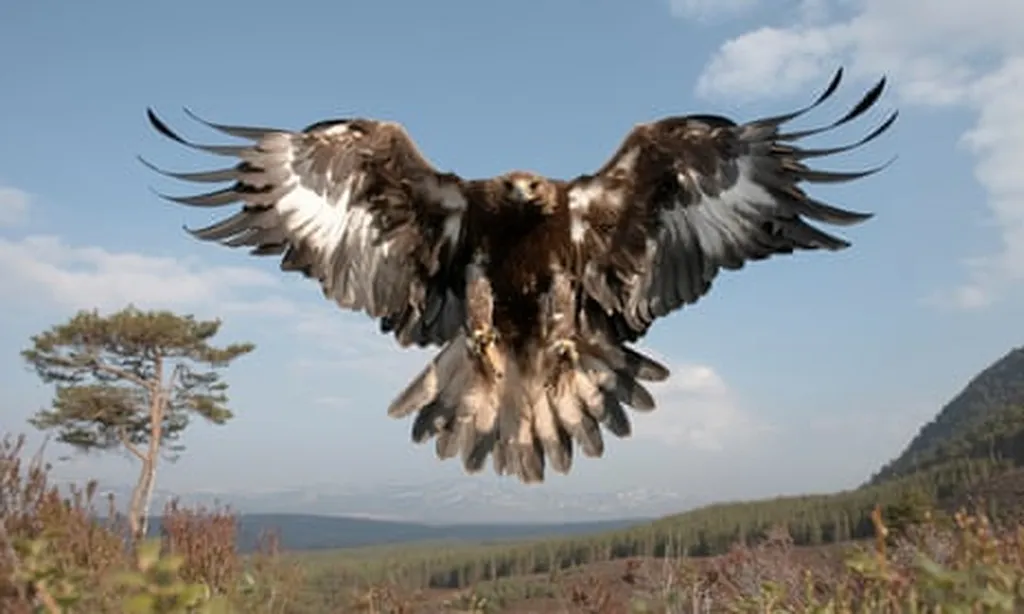Deer farming in the UK is experiencing a notable upswing, with a projected 15% growth by 2025. This expansion is driven by sustainable practices and technological innovation, positioning deer farming as a lucrative and modern career path within the agricultural sector. The industry’s evolution from a niche market to a mainstream enterprise is underscored by increasing demand for venison and value-added deer products, as well as the unique suitability of UK regions for deer farming.
The UK’s rural landscape, characterized by forestry, upland, and rough pastoral lands, provides an ideal environment for deer species such as red deer and fallow deer. These animals are well-adapted to the British countryside and can thrive on marginal lands that are less suitable for traditional livestock. This adaptability not only optimizes land use but also contributes to sustainable land management practices, aligning with national environmental policies.
Consumer demand for ethically sourced, lean, and healthy meat has significantly bolstered the market for venison. The nutritional profile of venison, coupled with its sustainable production, has garnered interest from local markets, high-end restaurants, and export channels. This growing demand ensures a steady income stream for farmers who adopt robust management systems and meet quality standards.
Technological advancements are playing a pivotal role in the growth of deer farming. Innovations such as satellite-based monitoring, automated feeding systems, blockchain traceability, and AI-driven herd management are transforming the sector into a data-driven, efficient, and sustainable industry. These technologies not only enhance day-to-day operations but also improve long-term profitability and sustainability.
For instance, platforms like Farmonaut offer real-time satellite imagery and AI-based advisory systems that enable farmers to track deer grazing patterns, pasture productivity, and disease risks. Automated feeding systems reduce labor costs and improve animal welfare, while blockchain-enabled traceability ensures transparency and authenticity in the supply chain. Drone technology further enhances herd monitoring and veterinary observation, reducing operational costs and the risk of disease outbreaks.
The economic benefits of deer farming are substantial. Revenue streams include venison meat, antlers, hides, and farm tourism experiences. Compared to traditional livestock farming, deer farming often yields higher returns per hectare, especially when coupled with sustainable management practices and direct consumer sales. Additionally, the lifestyle benefits of deer farming are notable, with reduced day-to-day supervision requirements and the integration of automated systems allowing for a balanced rural lifestyle.
Effective management of breeding programs, diet plans, and herd health is crucial for profitable operations. Modern systems offer detailed oversight on animal lineage, weight gains, health trends, and timely vaccinations. Regular veterinary care, supported by technology, drives improvements in early disease detection and health monitoring.
Biosecurity remains a critical concern in deer farming. Lessons learned from incidents such as the Chronic Wasting Disease (CWD) outbreak in Kentucky have underscored the importance of robust biosecurity measures. The UK’s vigilance and stringent import controls have kept CWD at bay, but maintaining this status requires regular veterinary audits, monitoring, and education. Platforms like Farmonaut provide additional peace of mind with real-time monitoring and data integration for disease traceability.
In 2025, careers in deer farming have expanded beyond traditional roles, offering diverse opportunities for those seeking a career in modern agriculture. The sector’s growth is driven by a blend of sustainability, technological innovation, and effective management practices, making it an attractive and viable path for both new entrants and experienced farmers.

